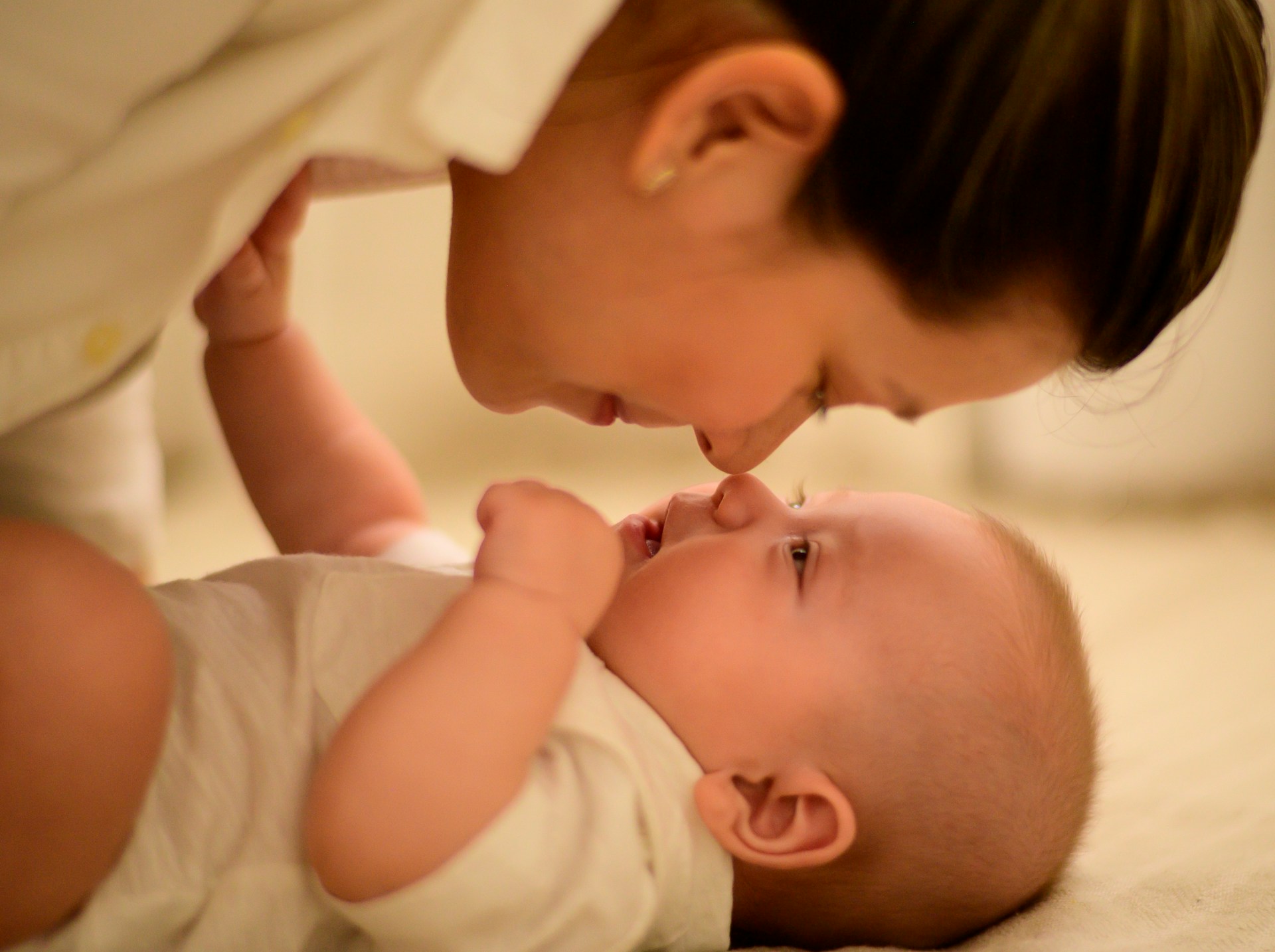
Infant circumcision is a common surgical procedure practiced in many cultures, which involves the removal of the foreskin from the penis. Despite its prevalence, the procedure and its aftermath can be a source of anxiety for many parents, especially concerning the healing process.
After the circumcision, it is normal for the wound to go through a scabbing phase. Scabs, which might appear white or yellow, consist of dried blood, lymph fluids, and other bodily secretions. While the sight of these scabs may be alarming, they play a crucial role in the healing process by protecting the wound from infections and supporting tissue regeneration underneath.
Proper care of the circumcision site is essential to ensure a smooth and quick healing process. Here are some tips to care for your baby during this sensitive period:
Understanding the circumcision healing process can help you care for your baby more effectively and ease any concerns you might have about postoperative care. Remember, each child is unique, and heals at a different rate. By adhering to these guidelines and staying informed, you can help ensure a healthy recovery for your child after circumcision.

Office phone: (416) 661-0004
Doctor’s cell phone: (416) 702-8990
Fax: (416) 661-0810
Email: mark@drgreenberg.ca
RateMDs: Dr. Mark Greenberg
HOURS
– MON – THURS 8AM-5 PM
– FRIDAY 8AM-1PM
– SAT & SUN CLOSED
© 2024 Greenberg Circumcision Centre